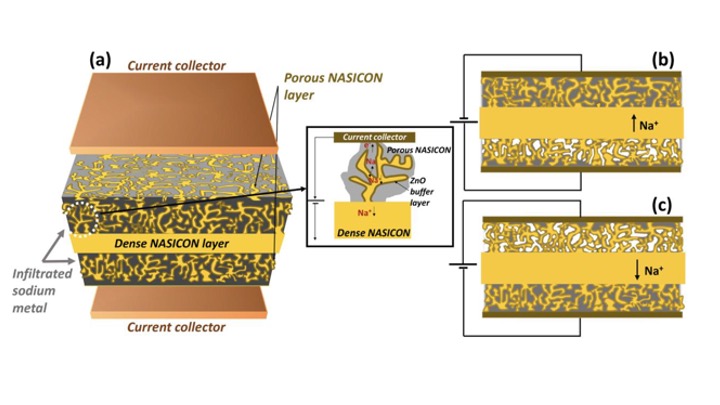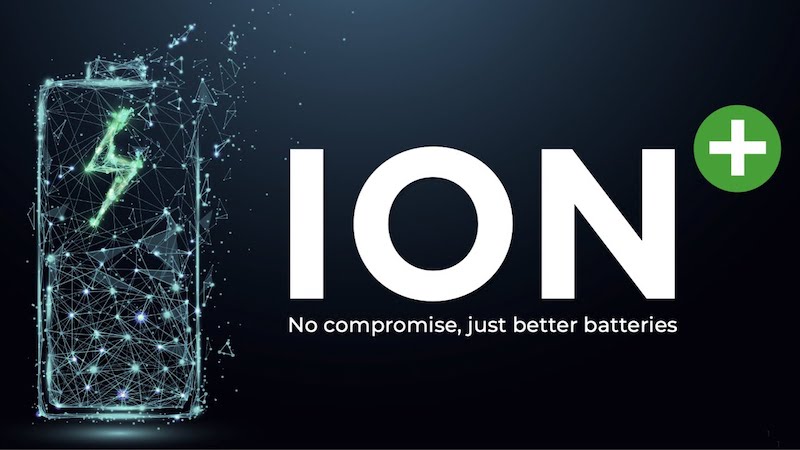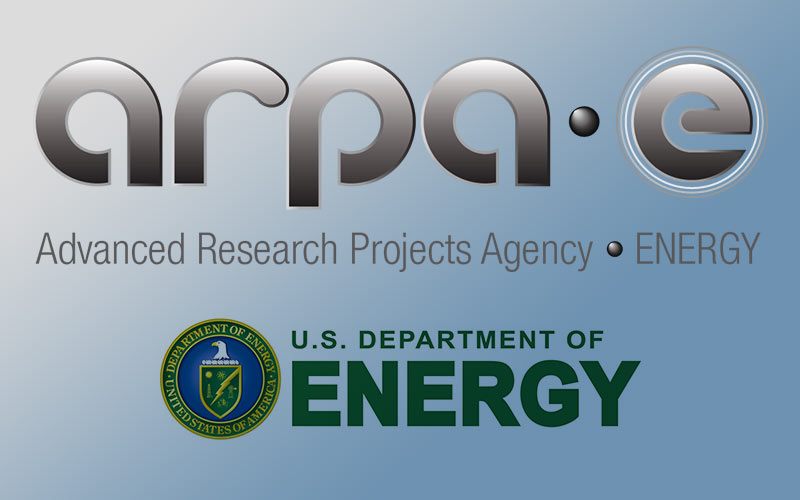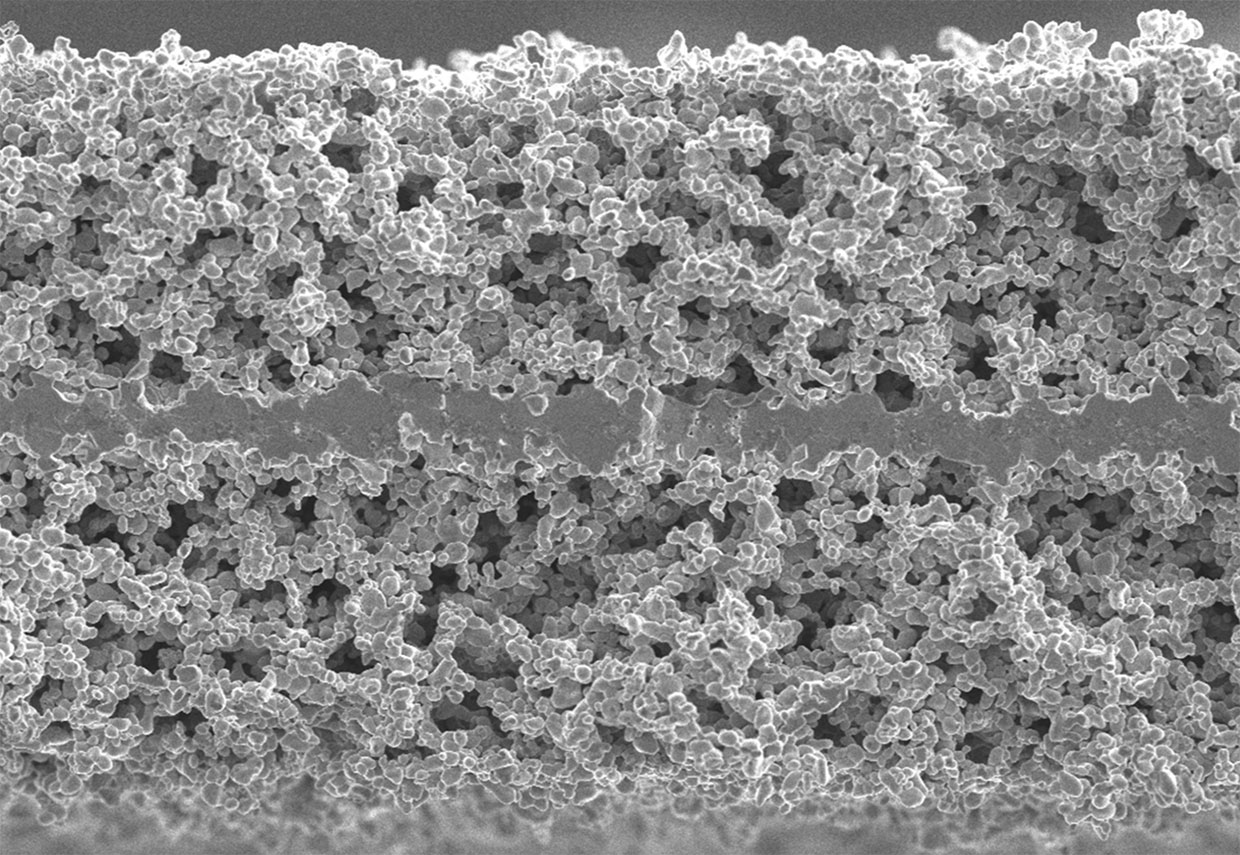News Story
UMD top ranked U.S. university for solid-state battery research publications

Solid-state batteries are considered the ultimate future of energy storage for electric vehicles and consumer electronics. This promise has resulted in recent multi-billion$ investments in solid-state battery company start-ups like QuantumScape and Solid Power. All these solid-state battery start-ups have one thing in common, they started from university research and the quality of university research is gauged primarily by the resulting publications in terms of both the number of peer reviewed papers published and how many times those papers are cited in the scientific literature.
A recent citation analysis from Elsevier, a leading scientific publishing company, showed that among solid-state battery publications those based on garnet-electrolytes are the fastest growing topic and moreover revealed the University of Maryland (UMD) is the top ranked U.S. university in terms of number of publications in this topic and globally in terms of citations of those papers. Results are from the Elsevier product SciVal, a data analysis and visualization tool based on the Scopus database, which indexes the abstracts and references of approximately 25,000 academic journals from 7,000 publishers.
Topics showing high momentum over the past 10 years were further analyzed. Research analysis identified solid-state batteries as a major topic of rapid growth between 2011 and 2020. In 2011, there were 66 publications on solid-state battery technology, but by 2020, 722 papers were published on the topic. In a study conducted for the period 2015-2019 (table below), UMD ranked #4 globally and top in the U.S. in terms of solid-state battery Scholarly Output (number of publications), while also having the highest citation impact globally of those publications, the field-weighted citation impact (FWCI).
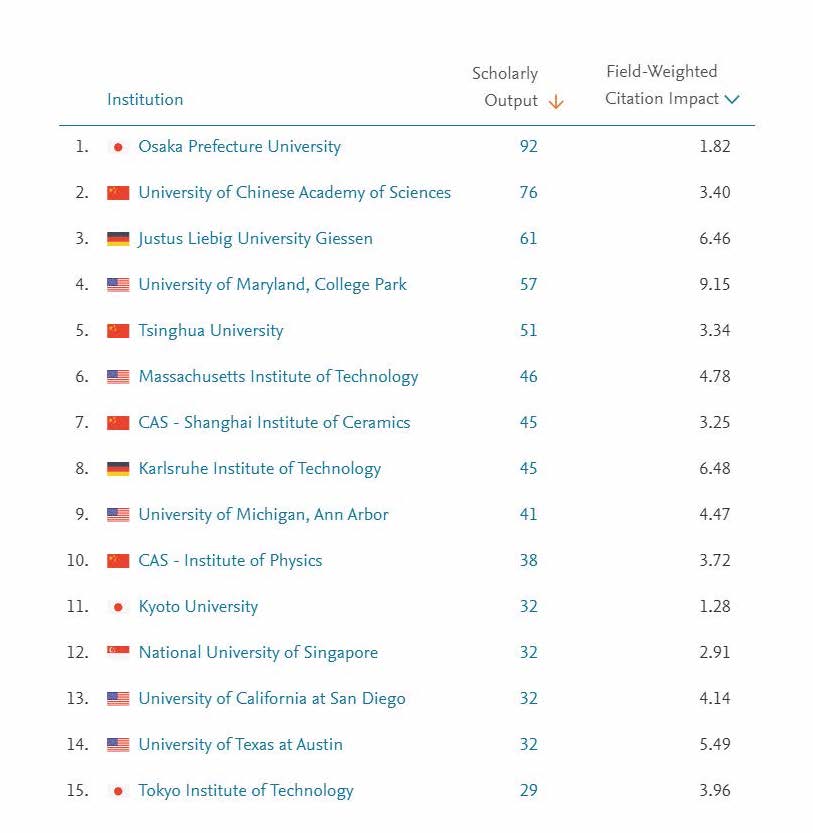
The FWCI is a per-paper, subject-normalized and year-normalized citation metric that allows research from different fields, which have distinctive citations behavior to be compared directly for benchmarking purposes. FWCI is driven by a number of highly cited papers including:
- “Negating Interfacial Impedance in Garnet-Based Solid-State Li-Metal Batteries,” X. Han, Y. Gong, X. He, G.T. Hitz, J. Dai, K. Xu, Y. Mo, V. Thangadurai, E.D. Wachsman, and L. Hu, Nature Materials, DOI: 10.1038/NMAT4821 (2017) - cited 989 times
- “Flexible, Solid-State Lithium Ion-conducting Membrane with 3D Garnet Nanofiber Networks,” K. Fu, Y. Gong, J. Dai, A. Gong, X. Han, Y. Yao, Y. Wang, C. Wang, Y. Chen, C. Yan, E.D. Wachsman, and L. Hu, Proceedings of the National Academy of Sciences, DOI/10.1073/pnas.1600422113 (2016) - cited 515 times
- “High Electronic Conductivity as the Origin of Lithium Dendrite Formation within Solid Electrolytes”, F. Han, A.S. Westover, J. Yue, X.L. Fan, F. Wang, M. Chi, D.N. Leonard, N. Dudney, H. Wang, and C. Wang, Nature Energy (2019) - cited 487 times
- “Towards Garnet Electrolyte-Based Li Metal Batteries: an Ultrathin, Highly Effective Artificial Solid-State Electrolyte/Metallic Li Interface,” K. Fu, Y. Gong, B. Liu, Y. Zhu, S. Xu, Y. Yao, C. Wang, S. Lacey, J. Dai, Y. Chen, Y. Mo, E.D. Wachsman, and L. Hu, Science Advances, DOI: 10.1126/sciadv.1601659 (2017) - cited 413 times
This Elsevier analysis was just updated for the period 2011-2020, showing a dramatic increase in solid-state garnet battery publications, especially in Asia, and UMD remained both the top U.S. university in Scholarly Output and the highest in global citation impact (FWCI).
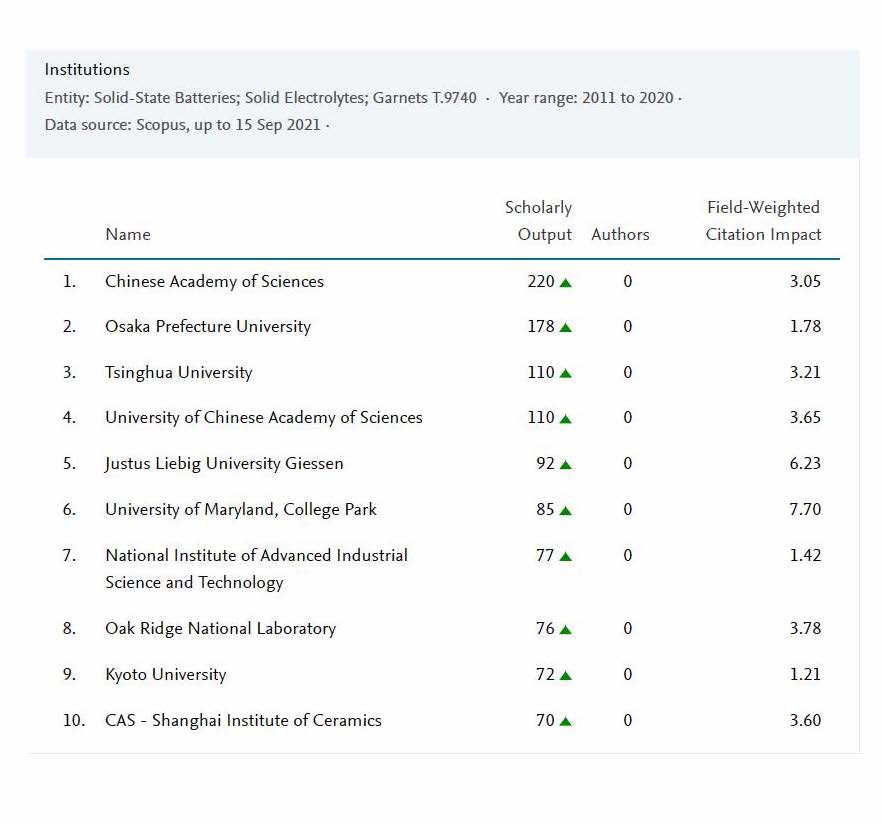
For further information on methodology see: Klavans, Richard, and Boyack, Kevin W. Research Portfolio Analysis and Topics of Prominence. Journal of Informetrics. 11(4): 1158-1174, 2017 https://doi.org/10.1016/j.joi.2017.10.002
“I have kept stating that University of Maryland is performing some of the most impactful research on solid-state batteries,” said J.C. Zhao, Chair of UMD’s Department of Materials Science and Engineering. “The actual data now clearly show that UMD has the highest citation impact in the world in this field.”
“The number one global ranking in citation impact speaks to the quality of the University of Maryland’s solid-state battery research as indicated by scientific peer review. What is next in terms of impact is how this research translates into commercial products by university start-up companies” said Eric Wachsman, Director of the Maryland Energy Innovation Institute and Distinguished University Professor of Materials Science and Engineering. In this regard the UMD solid-state garnet battery research is being commercialized by start-up company Ion Storage Systems https://ionstoragesystems.com, founded by Wachsman.
Published December 13, 2021


